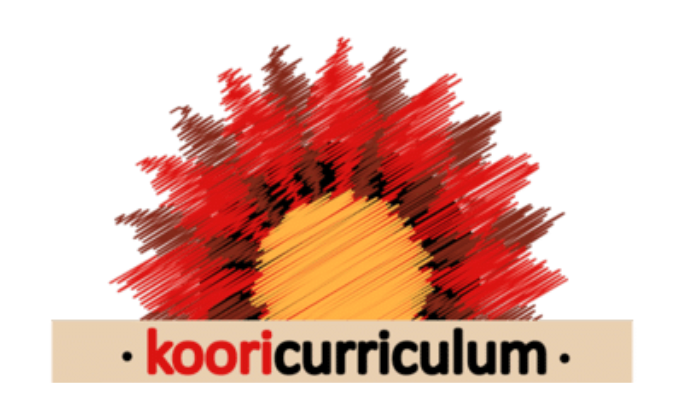This weekend, while returning to Sydney, I took the opportunity to visit the Royal Botanic Gardens. I made my way to the First Nations Garden, where I found an abundance of native plants such as warrigal greens, Lomandra, and grass trees. Among the plantings stood a traditional lean-to shelter, native beehives, and an informative historical timeline of the Sydney Basin, tracing its history from invasion to the present day.
As I walked through this space, I reflected on the many learning opportunities it offers for children and educators, particularly those in urban settings. I often hear from educators working in city-based services that they struggle to connect with Country, community, and culture. Yet, from my perspective, there are so many ways to make these connections—whether it’s through visiting local gardens, museums, and galleries or simply learning the stories of the land on which we work and play.

One of the most important things to remember is that no matter where you are in Australia, you are on Aboriginal land. Connection to Country isn’t just about being in remote or regional areas—it’s about understanding, respecting, and embedding First Nations perspectives into our everyday experiences.
If you’re looking for practical ways to deepen your connection to Country in your educational practice, I invite you to join us for our upcoming Educator Retreat in May at Newcastle Beach. Over the weekend, we’ll focus on programming, planning, and pedagogy with a strong emphasis on culture, community, and embedding Aboriginal perspectives in early learning settings.
I’d love to see you there and continue this important journey together.





